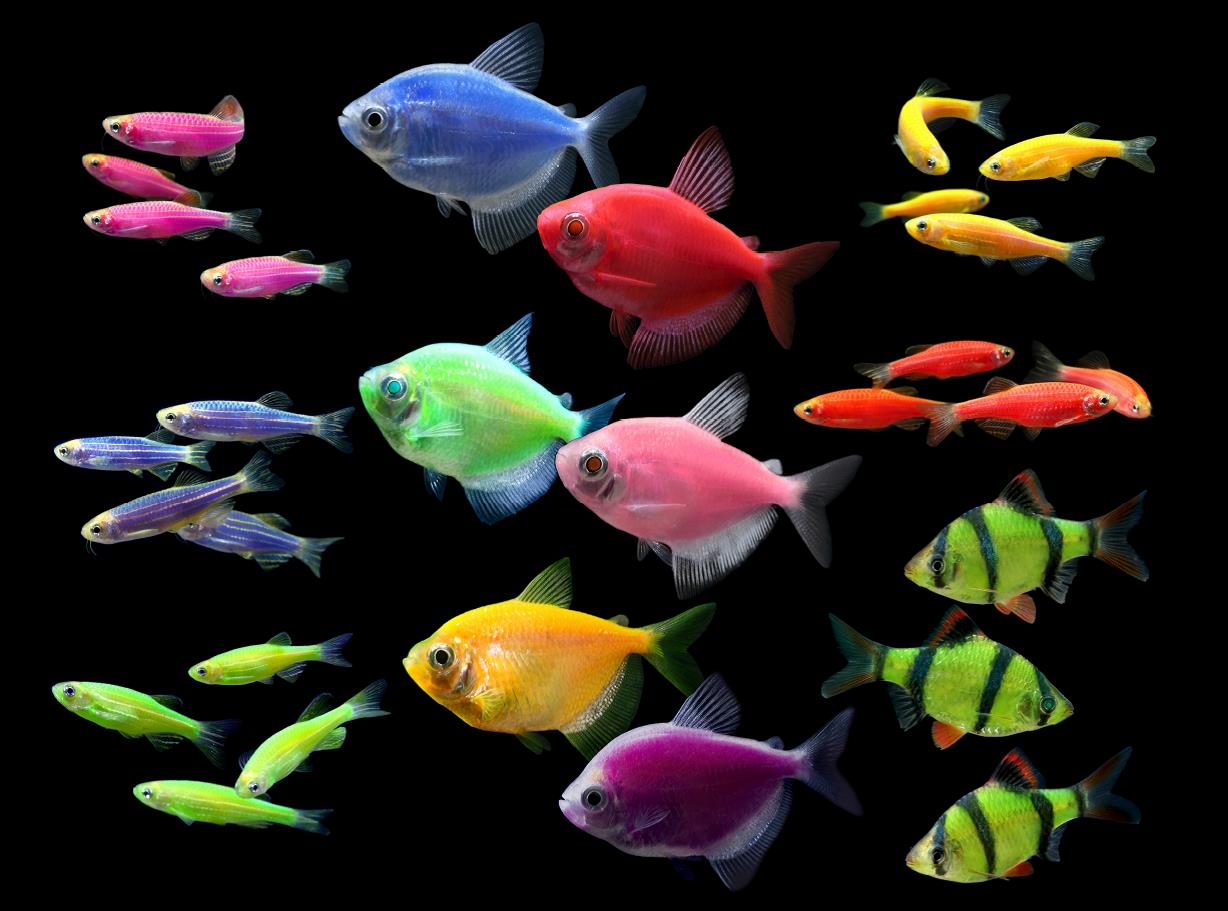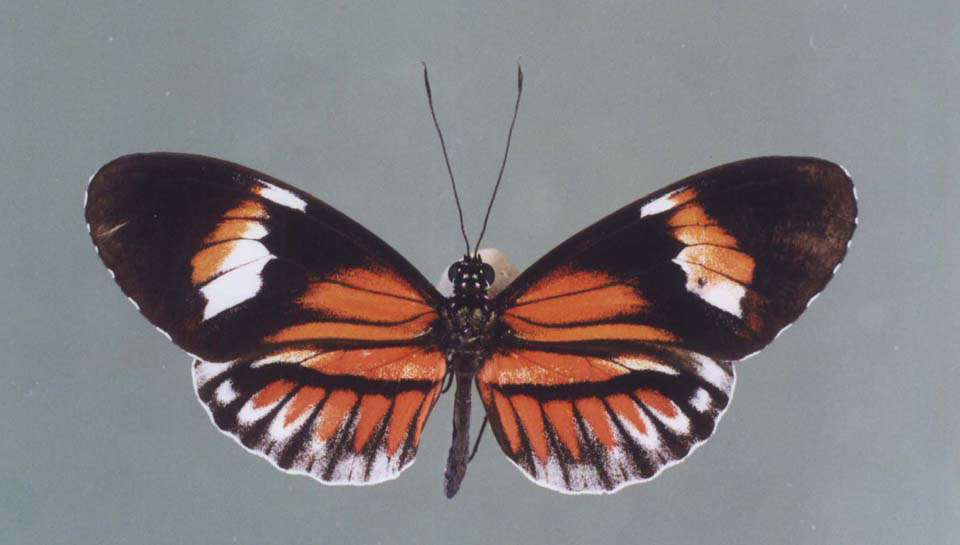Week 6: Biotech + Art
Biotech + Art
The tools of biotechnology are used to improve lives through innovative solutions to previously impossible problems such using genetic modifications to treat diseases and create more resilient crops. There has also been an increase in the use of biotechnology in art to create semi-living organisms and alter living organisms for aesthetics. Artists use a variety of unique canvases to display their work. However, using living being as a live canvas brings up many ethical concerns of how far their artistic license stretches.
Consider the following example, Eduardo Kac's fluorescent bunny Alba was genetically modified using GFP to glow green when exposed to blue light. He states his piece has gone from being controversial to iconic (Kac 119). The consequently inspired "GloFish" is fish that also fluoresce, and was produced to be sold as commercial pets, which is now available in 4 species and 6 colors (Levy 9).
These projects edit the genetics of the organisms to include fluorescent genes so they glow in the dark. This makes for their aesthetic application in art exhibitions or even fish tanks in your basement. However, interfering with an organisms' genetics, especially when the implications for future generations is unknown, is not only frivolous but also dangerous. I, thus, agree with Levy's statement that such displays of art serve as examples of, "trivial use(s) of genetic engineering" (9).
 |
| Eduardo Kac and Alba |
 |
| GloFish |
Marta de Menezes tackles this careless alteration of life in her work "Nature?" in which she alters the wings of live butterflies as they develop, creating an intersection between their natural beauty and her art. Since no genes are modified, these changes are not transmitted through generations. Her work explores the important questions of where nature is no longer natural given human intervention. It also brings up the impossible question of whether any manipulation to animals and insects can be justified if only for artistic purpose? Can the costs ever outweigh the benefits?
 |
| Marta de Menezes: Nature? |
BioArt is a unique and contemporary field that uses biotechnology to explore and emphasize biological and artistic interconnectedness to each other and nature. However, editing genes, interfering with developmental processes, and adding artificial characteristics to animals and insects for the purposes of aesthetic pleasure cannot be justified for me, personally. I do, however, look forward to further explore the ethical boundaries that I am comfortable with and the restrictions the artistic and scientific communities eventually agree on.
Works Cited
Kac, Eduardo. “GFP Bunny at 20.” Journal of Posthuman Studies, vol. 4, no. 2, 2020, pp. 119–128, https://doi.org/10.5325/jpoststud.4.2.0119.
Levy, Ellen K.. “Defining Life. Artists Challenge Conventional Classifications.” 5 May 2023, UCLA, Bruinlearn.
de Menezes, Marta. “Nature?” Marta de Menezes, 2000, martademenezes.com/art/nature/nature/.
Stracey, Frances. “Bio-Art: The Ethics behind the Aesthetics.” Nature Reviews Molecular Cell Biology, vol. 10, no. 7, 2009, pp. 496–500, https://doi.org/10.1038/nrm2699.
Vesna, Victoria. "BioArt" DESMA 9, 5 May 2023, UCLA, Bruinlearn
Images/Videos Cited
Kac, Eduardo. “GFP Bunny – Noema – Technology & Society.” NOEMA, noemalab.eu/ideas/gfp-bunny/. Accessed 8 May 2023.
UC Davis. “Glofish-Fluorescent-Fish-Group-Photo-with-New-Striped-Green-Barb.Jpg.” Biobeef Blog, 14 Oct. 2021, biobeef.faculty.ucdavis.edu/2021/10/14/public-acceptance-of-animal-genomics-and-biotechnology/glofish-fluorescent-fish-group-photo-with-new-striped-green-barb-3/.
“Marta de Menezes, Creating Artworks That Live and Die.” CLOT Magazine, 5 Apr. 2016, clotmag.com/biomedia/marta-de-menezes-creating-artworks-that-live-and-die#:~:text=In%20Nature%3F%2C%20Menezes%20induced%20a,not%20transmitted%20to%20the%20offspring.
Hey Anouska, I really enjoyed reading your blog post! I liked your exploration of the ethical boundaries of using life as a medium for art, especially your examples that discuss artificial fluorescence into organisms like Alba and the GloFish. I also agree that altering an organisms genetic make up or natural developmental process to use as an artistic canvas ultimately cannot be justified solely by providing aesthetic value to human observers.
ReplyDelete